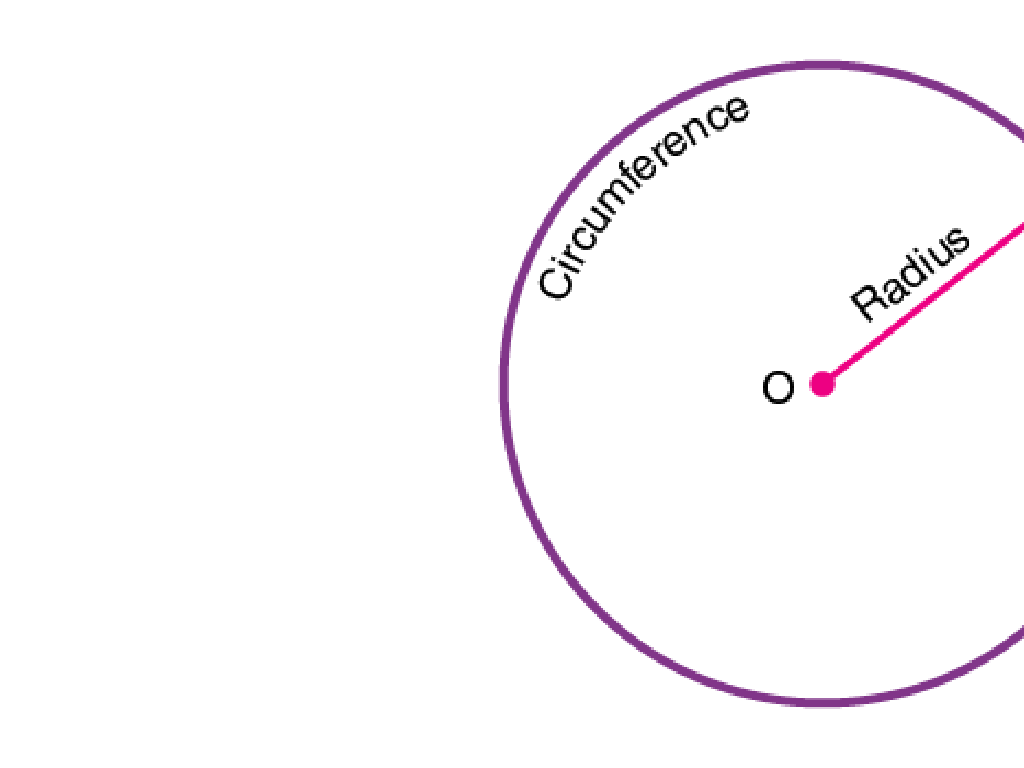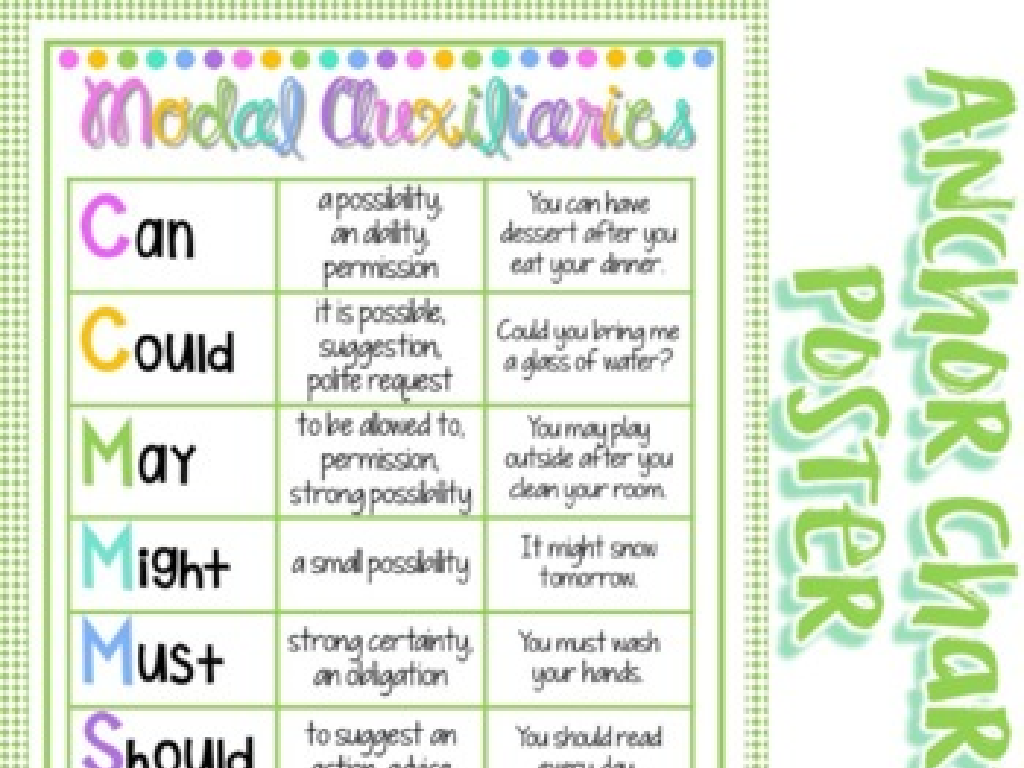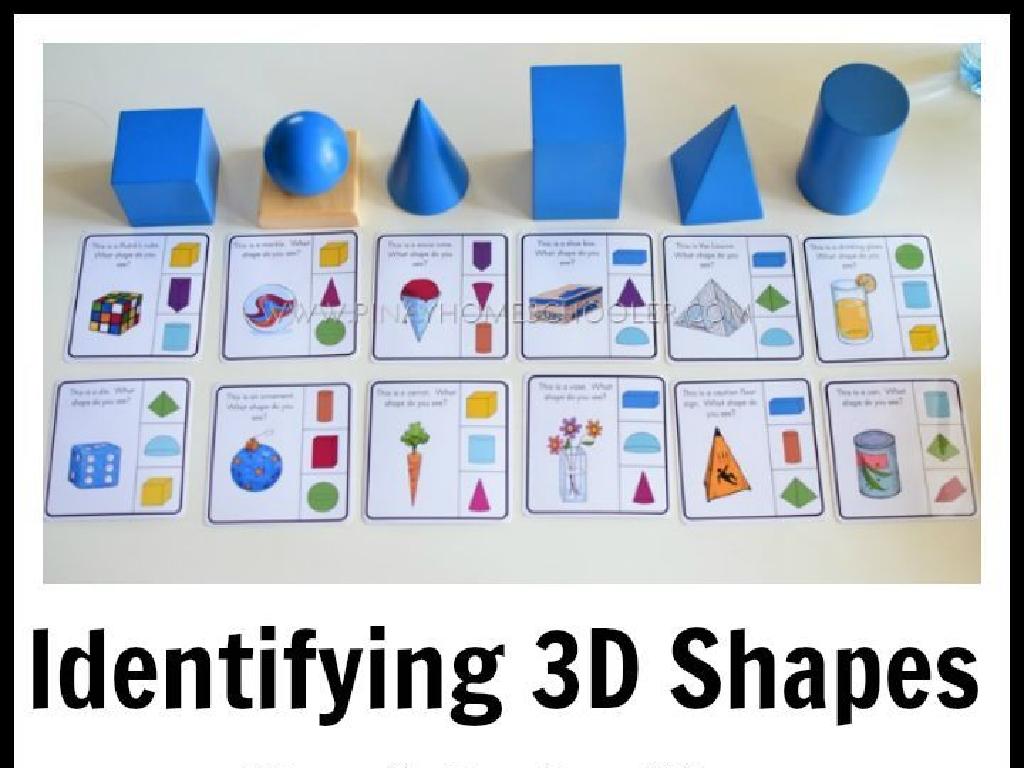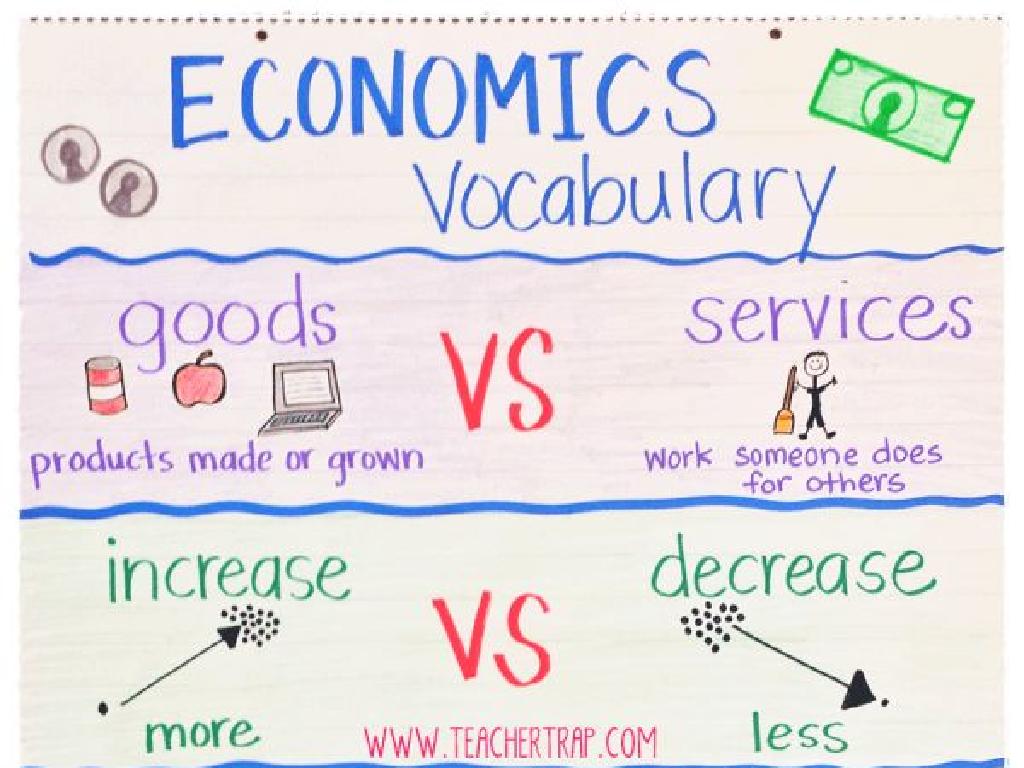Multiplication Facts To 10
Subject: Math
Grade: Fourth grade
Topic: Multiplication
Please LOG IN to download the presentation. Access is available to registered users only.
View More Content
Welcome to Multiplication: Facts to 10!
– Learn basic multiplication concepts
– Multiplication is repeated addition, e.g., 2×3 is like adding 2 three times
– Discover why multiplication is powerful
– It helps us solve problems quickly and efficiently, like a math superpower!
– Explore multiplication facts up to 10
– Facts to 10 are building blocks for bigger numbers
– Practice with fun activities
|
This slide introduces students to the concept of multiplication as a fundamental math skill, emphasizing its importance and efficiency in problem-solving. Start by explaining multiplication as repeated addition, which they are already familiar with. Highlight how multiplication can be seen as a superpower because it allows us to calculate answers much faster than adding repeatedly. Ensure students understand that mastering the multiplication facts up to 10 is crucial as it lays the groundwork for more advanced math topics. Engage the class with interactive activities such as multiplication games or flashcards to reinforce their learning and make the process enjoyable.
Understanding Multiplication
– Multiplication as repeated addition
– It’s like adding the same number over and over.
– Example: 3 x 4 equals 4 added 3 times
– 4 + 4 + 4 = 12 shows how 3 x 4 works.
– Visual groups show multiplication
– Picture 3 groups of 4 items to see the total.
– Practice with different numbers
|
This slide introduces the concept of multiplication to fourth graders by relating it to the more familiar operation of addition. Start by explaining that multiplication is a shortcut for adding the same number multiple times. Use the example 3 x 4 to show that it’s the same as adding 4 three times (4 + 4 + 4). To help students visualize this, use objects like counters or drawings to represent groups. For instance, draw three groups with four items in each to illustrate 3 x 4. Encourage students to practice this concept by creating their own examples with different numbers and drawing them out. This will solidify their understanding of multiplication as repeated addition.
Mastering Multiplication Facts to 10
– Memorize multiplication tables
– Knowing tables by heart speeds up math.
– Recognize patterns in multiplication
– Numbers times 10 end with a zero.
– Learn shortcuts for quick recall
– Tricks like ‘double and add’ for x4.
– Practice with times 10
– Practice: 7×10 is 70, so what’s 6×10?
|
This slide aims to help students understand the importance of memorizing multiplication tables for quick and efficient math problem-solving. Emphasize patterns, such as the fact that multiplying by 10 always results in a number ending in zero, which can be a helpful shortcut. Introduce mnemonic devices and tricks to aid in memorization, like doubling a number to get the result of multiplying by 4. Provide ample practice opportunities and encourage students to use these patterns and tricks to improve their recall speed. During class, engage students with activities that reinforce these concepts, such as timed quizzes or multiplication games.
Let’s Practice Multiplication Together!
– Interactive class examples
– We’ll solve multiplication problems as a class.
– Use manipulatives for demonstration
– Objects like blocks or beads show how multiplication groups items.
– Pair up for a multiplication quiz
– Find a partner, take turns quizzing each other on times tables.
– Group activity participation
|
This slide is designed to engage students in active learning through interactive and hands-on activities. Start by solving multiplication problems together, ensuring that students are following along and understanding the process. Introduce manipulatives such as blocks or beads to visually demonstrate how multiplication works by grouping items. Then, move into a group activity where students pair up and quiz each other on their multiplication facts up to 10. This peer interaction reinforces learning and makes the activity fun. Encourage students to be supportive of each other and to use positive reinforcement. As a teacher, circulate the room to offer help and ensure that all students are participating and engaged.
Real-World Multiplication
– Multiplication in daily life
– Examples: Cooking and shopping
– Doubling a recipe, buying multiple items
– Arranging objects
– Organizing chairs in rows for an event
– Class discussion activity
|
This slide aims to show students how multiplication is not just a math concept but a tool they use in everyday life. Start by explaining how multiplication can simplify tasks like cooking (doubling a recipe), shopping (calculating the price for multiple items), and arranging objects (setting up chairs in rows for an event). After presenting the examples, engage the class in a discussion to identify other areas where they encounter multiplication. Encourage them to think about activities they do or see at home, in school, or in their community. This will help them relate to the concept of multiplication as a practical and useful skill. For the activity, consider breaking the class into small groups to brainstorm and then share their findings with the class to foster a collaborative learning environment.
Multiplication Games: Learn and Play!
– Discover fun with multiplication
– Explore online multiplication games
– Websites like CoolMath4Kids offer engaging games to practice times tables.
– Practice multiplication independently
– Set aside time each day to play these games and master your skills.
– Games reinforce learning at home
– Playing games at home helps remember multiplication facts easily.
|
This slide introduces students to the concept of learning multiplication through interactive games, which can make the learning process enjoyable and effective. Highlight the importance of incorporating play into learning to keep students engaged. Provide examples of online resources, such as educational websites, that offer a variety of games designed to help students practice and memorize multiplication facts up to 10. Encourage students to practice these games at home to reinforce what they’ve learned in class. Suggest setting a routine for independent practice, which can help students gain confidence in their multiplication skills. The teacher can provide a list of recommended games and websites, and also discuss with parents the benefits of these resources for continued practice at home.
Class Activity: Multiplication Bingo
– Receive your unique Bingo card
– Solve multiplication problems on the card
– Use your multiplication facts to solve problems
– Find answers to complete a Bingo row
– Match your solutions to numbers on the card
– Shout ‘Bingo!’ when you complete a row
|
This interactive class activity is designed to help students practice and reinforce their multiplication facts up to 10 in a fun and engaging way. Each student will receive a Bingo card filled with multiplication problems instead of numbers. They must solve the problems and then mark the answers, which are scattered randomly on the card. The first student to complete a row (horizontal, vertical, or diagonal) should shout ‘Bingo!’ The class will then pause to check the answers together, ensuring that the student has correctly solved the problems. This activity encourages quick recall of multiplication facts and provides a lively way to assess students’ proficiency. For variation, consider having multiple winners for different patterns or offering small rewards to keep the game exciting.
Wrapping Up: Multiplication Facts to 10
– Recap: Multiplication facts to 10
– Review what we’ve learned about multiplying numbers up to 10.
– Practice makes perfect
– Regular practice is key to mastering your times tables.
– Homework: Multiplication worksheet
– Finish the provided worksheet to practice your multiplication skills.
|
As we conclude today’s lesson, it’s important to review the multiplication facts up to 10 that we’ve covered. Emphasize to students the importance of regular practice to become confident in their multiplication skills. For homework, assign a worksheet that includes a variety of multiplication problems to reinforce today’s lesson. This will help students solidify their understanding and recall of multiplication facts. Encourage them to try to complete the worksheet without looking at their multiplication tables for an added challenge.






